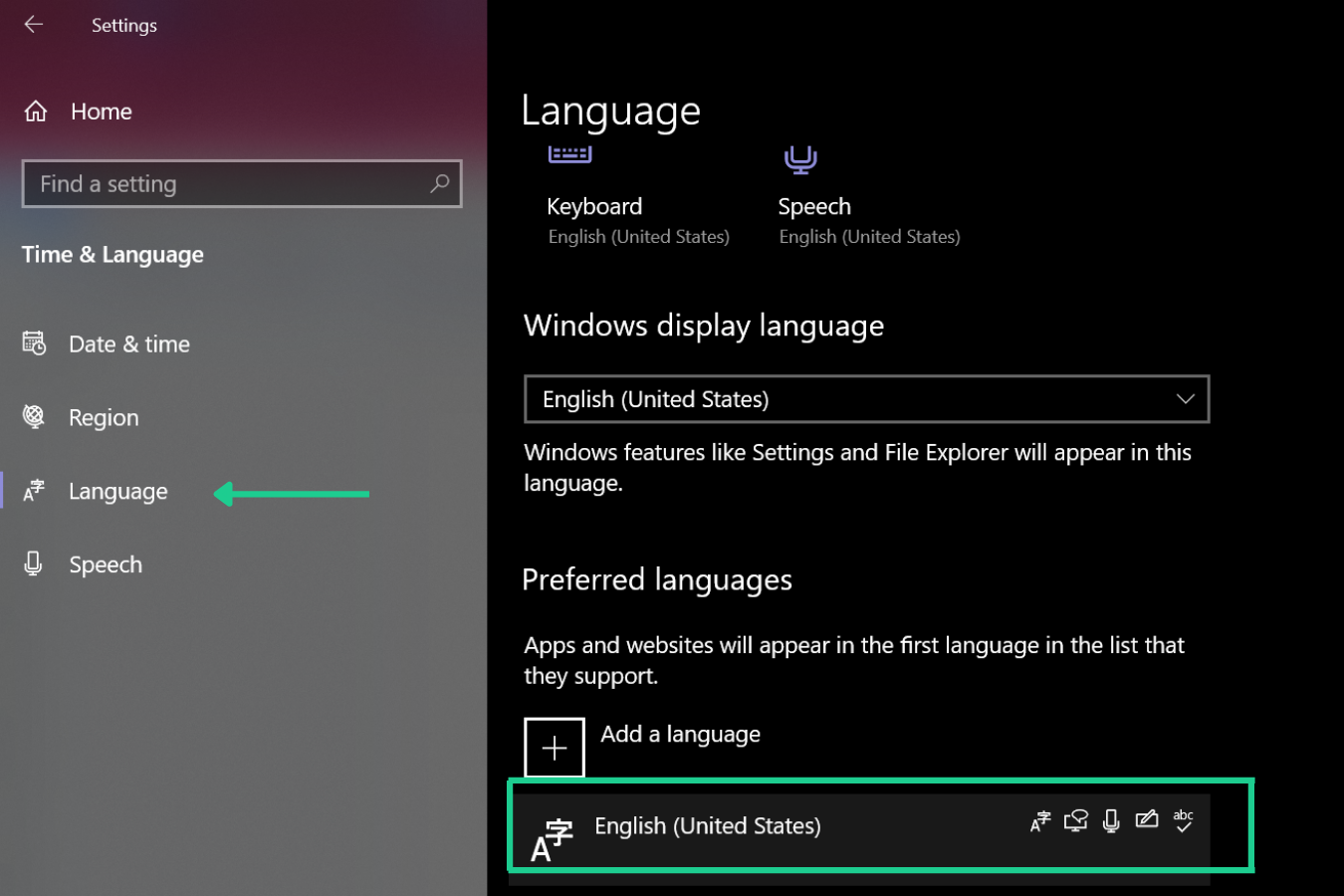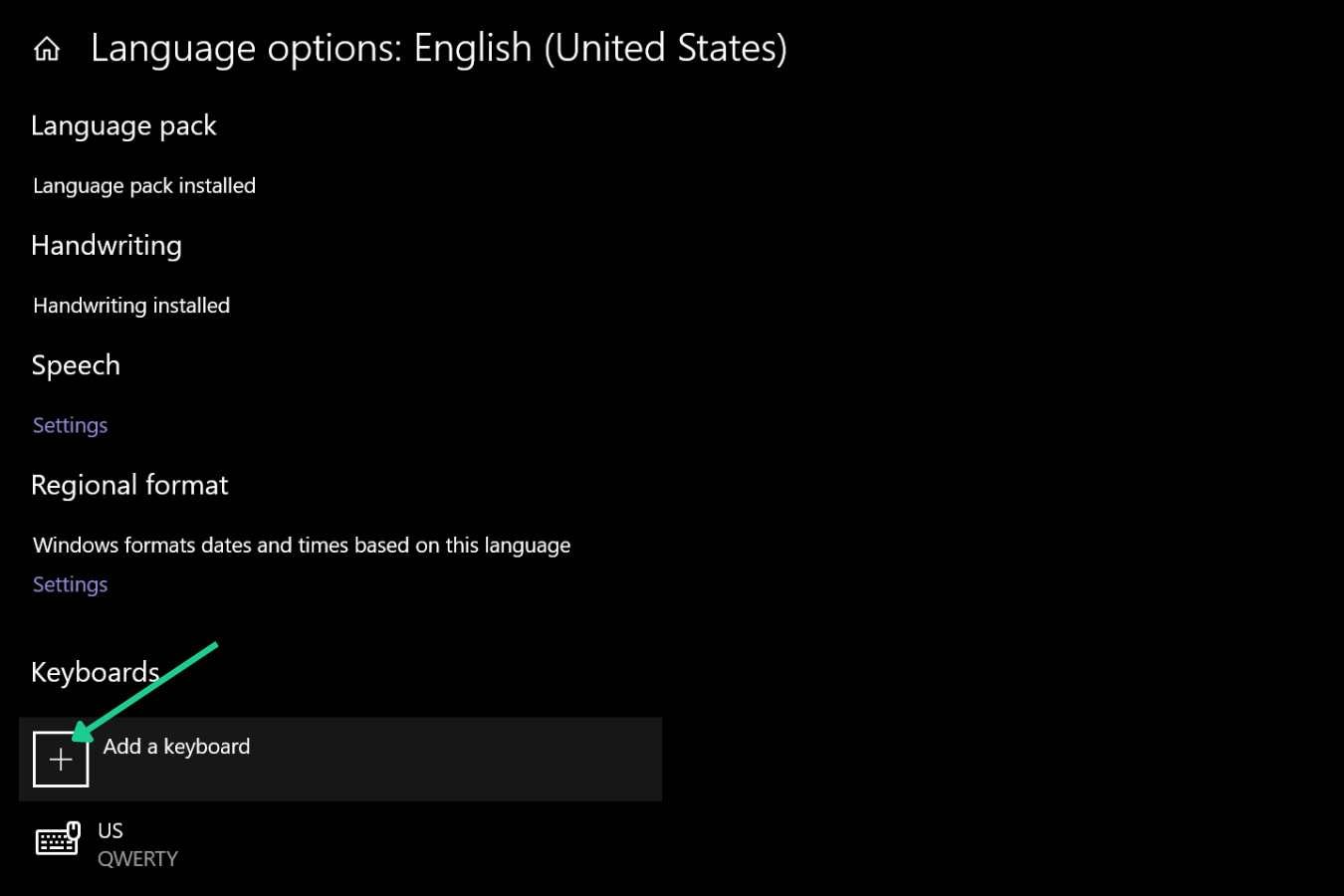How to Guide: Typing Spanish Accents & Special Characters on your Devices
Como estas? No. ?Como estas? Also no. CÓmo estÁs? No again. [Facepalm. ¿¿¡!??]
You may regularly be finding yourself wondering the best way to type Spanish accent marks and special characters on your computer, phone, or tablet. It can be extremely frustrating trying to figure out how to use the Spanish special characters for all your messaging and writing needs. If you’ve ever hit “alt+0241” (I see you!), or Googled “Spanish accent a” to then copy and paste it into your work (I’ve felt that pain!), or followed the process of insert→special character→list search→click é→insert→close window (why even bother?!), then you know that some of the available systems for using Spanish special characters can be extremely cumbersome.
Getting the Spanish accent marks to work for you with ease is tricky, particularly as every program, operating system, and device is a little different - and even the cumbersome solution working well enough for you in one program is likely ineffectual across platforms. The frustration is real…and you should be feeling fantastic, not frustrated! After all, you did the hard work of creating space for learning, acquiring, and actually using your Spanish-language skills! But now you’re met with this pesky barrier of typing accent marks on your devices when communicating in written form.
So, how do you master special characters on your devices and get back to easy breezy Spanish-mode?
It’s time for you to stop messing about with one-off solutions, and set up an additional keyboard on your devices. Having different systems for each program that you’re writing in (e.g. email, Word, Google Docs, on websites, within apps) severely interrupts your workflow. I write in Spanish, in some fashion, on a daily basis, and for many years, I was going about Spanish special characters all wrong. I had my Google Workspace (then G-Suite) account set up for the Spanish keyboard, but I’d often need to go back and forth quickly from English to Spanish, and I’d have to click around to make those changes each time. Whenever I used Microsoft Office, I would switch the editing language to Spanish and hope the majority of the accents would get autocorrected (and when they didn’t, I’d go back and insert all the necessary special characters). Suffice it to say, it was a huge pain, and I cannot believe just how much time I wasted on inefficient systems.
Setting up a keyboard that allows for Spanish special characters on your devices (that can apply to all of the writing you do on that device, regardless of the program) is the most effective way to move between “English-mode” and “Spanish-mode” in one second. Even if you don’t write in Spanish all that often compared to English, it's worth the setup time and the small learning curve. In the long run, it is much less of a headache. Your future self will thank you!
As previously mentioned, every device is a little different. Windows users, like myself, will have quite a different experience from Mac users when it comes to setting up and using Spanish special characters across your programs on those operating systems. Remember, the most ideal solution, regardless of device type, is to set up a keyboard that allows you to use the Spanish special characters with ease and toggle back to your default keyboard whenever you want with ease.
Spanish Accents on Windows
Most likely, without being consciously aware of it, you’ve been typing on your Windows device using the English-US (United States) keyboard. This keyboard, however, will not allow you to easily create the accent marks and special characters needed for Spanish. This means that we need to set up a keyboard that will allow for those characters. Don’t worry, this doesn’t mean you have to switch to an entirely different keyboard one hundred percent of the time; you will be able to easily toggle back and forth between keyboards. In addition to your English-US keyboard, we are going to set up the English-International keyboard (or it might also be labeled as the US-International keyboard).
You might be asking, “Why wouldn’t I be setting up a Spanish keyboard? Why use an English International keyboard?” While there are other keyboards that allow you to type Spanish accents and special characters (obviously, the variety of Spanish keyboards certainly do), I highly recommend using the English-International (or US-International) keyboard because the location of the keys and the keystrokes are the most “intuitive” and least “disruptive” to your usual pattern of typing on the English-US keyboard.
How to set up the English-International keyboard on Windows
Please note that the following keyboard setup directions are for Windows 10, but all other versions of Windows have similar keyboard settings (or “input method” settings) and shouldn’t be too different from the directions below.
Click on Windows Start Menu and open Settings (the gear icon).
In Settings, click on Time & Language.
In the left-side menu, click on Language.
You should see your current language settings for various functions (for most users in the U.S., it will say English (United States) all over the place). Scroll down to the bottom of this page to find your “Preferred languages”, underneath which will likely state English (United States). Click on English (United States) to see additional information.
Click on Options.
Now you will see the keyboard that is currently on your computer (again, for most users, it will say US). Click on the plus [+] button to add a new keyboard.
From the list of keyboards, scroll to find and click on United States-International. The keyboard is now installed, and you can close out of the Settings menu.
Now you will be able to toggle between your two keyboards whenever you want! Go to the taskbar (bottom bar) on the right. You should see a section that says “ENG US” or “ENG INTL”. You can click on it to change between the English-US and English-International keyboards. You can also switch between these keyboards by pressing the Windows key and spacebar at the same time. Read on below to learn how to use the US-International keyboard to type Spanish accents and special characters.
How use the English-International (US-International) keyboard on Windows
When you are in “ENG INTL” mode, your keyboard will now react a little differently than it does in “ENG US” mode. Now when you hit the apostrophe (‘) key, nothing happens. To type the apostrophe using this keyboard, you must hit the apostrophe key and then the spacebar. The quotes (“) key behaves the same way. You have to first hit the quotes key and then hit the spacebar. These two keystroke differences are minor inconveniences when considering that you can now type any Spanish special character with ease.
To type the acute accent marks over the vowels, simply hit the apostrophe key and the vowel you wish to have the accent on:
á = ‘ + a
é = ‘ + e
í = ‘ + i
ó = ‘ + o
ú = ‘ + u
To type the tilde over the ‘n’ or the umlaut over the ‘u’, perform the following keystrokes:
ñ = ~ + n
ü = ” + u
To type the uppercase of any of these letters, all you need to do is follow the same process and hold the shift key when typing the letter itself.
For the special punctuation characters in Spanish, hold the Alt key while hitting the exclamation point or the question mark. Usually only one of the Alt keys will work for this purpose (likely the right Alt key):
¡ = Alt (hold down) + !
¿ = Alt (hold down) + ?
Spanish Accents on Mac
I have wonderful news for all you Mac users out there. You do not even have to set up a new keyboard that allows you to easily use Spanish special characters. [WHAT?! Windows users are already jealous.] All you have to do is understand what simple keystrokes give you the accent marks on the keyboard already installed on your computer or laptop.
How to type Spanish special characters on your Mac
There are several ways for Mac users to type the special characters. You could hold on the letter that you want to “make special” and a menu of options will pop up, just like they do on the iPhone.
That said, in my opinion, the following option is the least disruptive to typing flow once you get used to the keystroke pattern.
To type the acute accent marks over the vowels, simply hold down the Option key and the letter ‘e’ down together. Then release and type the vowel that you want the accent over:
á = Opt + e, then a
é = Opt + e, then e
í = Opt + e, then i
ó = Opt + e, then o
ú = Opt + e, then u
For the tilde over the ‘n’ or the umlaut over the ‘u’, hold down the Option key while you type the ‘n’ or the ‘u’. Then release and type ‘n’ or the ‘u’ again.
ñ = Opt + n, then n
ü = Opt + u, then u
To type the uppercase of any of these letters, all you need to do is follow the same process and hold the shift key when typing the last letter.
For the special punctuation characters in Spanish, perform the following keystrokes:
¡ = Opt + 1
¿ = Opt + shift + ?
Spanish Accents on Phones & Tablets
Luckily for all of us, typing Spanish accent marks and special characters on our smartphones and tablets is fairly easy without any special keyboard setup. Simply press down on the letter that you would like an accent over, and a menu of potential accents for that letter should appear. While still pressing down on the letter, scroll to the letter accent you wish to use and release. Congrats - that’s it!
Now you may wish to also add Spanish-language preferences or a Spanish keyboard to your smartphone or tablet (“English-International” is likely not a choice on these devices, but “Spanish-US” should be). Pro-tip: this is a great way to stop your autocorrect from going nuts when you are typing in Spanish. Toggling over to the Spanish keyboard will then autocorrect for Spanish!
***
Once you get used to toggling between keyboards and the simple-step keystrokes for Spanish accents and special characters while typing, you’ll be set! No more frustration with cumbersome processes, interrupted workflow, or time wasted wondering about a better solution. Also, when you get a new device with a different operating system than listed above, you should have a better idea of how to approach the solution for using special characters in Spanish on that device with ease.






